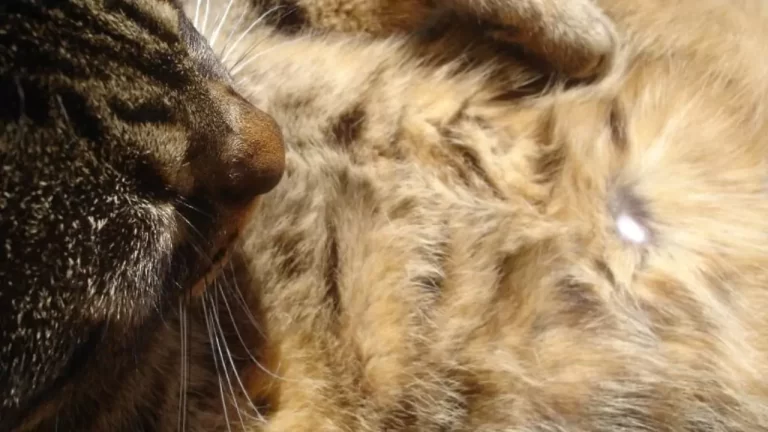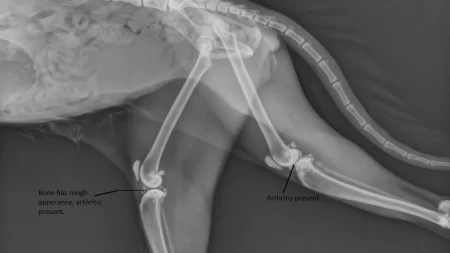Yes, cats have belly buttons. Similar to humans, cats have one belly button, which serves as the connection point of the umbilical cord to their mother while in the womb. However, cats’ belly buttons are not as prominent as those of humans. Almost all mammals, including cats, have belly buttons, though they may vary in appearance and visibility.
Where is a Cat’s Belly Button Located?
A cat’s belly button is located on its abdomen, usually near the center or slightly to the left. It is a small scar that marks the spot where the umbilical cord was attached to the kitten in the womb. Unlike human belly buttons, which can be either innies or outies, cat belly buttons are always flat or slightly indented. They are also covered by fur, which makes them hard to notice unless you look closely or feel them with your fingers.
The Purpose of a Cat’s Belly Button
A cat’s belly button serves a vital role in its development before birth. The umbilical cord connects the kitten to its mother’s placenta, which provides oxygen and nutrients to the growing fetus. The umbilical cord also carries waste products away from the kitten to the mother’s bloodstream. After the kitten is born, the umbilical cord is cut or chewed off by the mother, leaving a small wound that heals into a scar. This scar is the cat’s belly button.
Unlike human belly buttons, which have no function after birth, cat belly buttons may have some residual functions. Some researchers believe that cat belly buttons may contain nerve endings that are sensitive to touch and temperature. This may explain why some cats enjoy having their bellies rubbed or scratched, while others dislike it or react aggressively. However, this theory has not been conclusively proven, and more research is needed to understand the role of cat belly buttons in their behavior and physiology.
Health Concerns Regarding Cat Belly Buttons
While cat belly buttons are generally harmless and do not require any special care, there are some rare cases where they may pose a health risk. One of the most common problems is an umbilical hernia, which occurs when a part of the intestine or other abdominal organ protrudes through a weak spot in the abdominal wall near the belly button. This can cause pain, swelling, and infection, and may require surgery to correct. Umbilical hernias are more common in kittens than adult cats and may be congenital or caused by trauma or infection.
Another potential issue is the improper removal of the umbilical cord after birth. If the cord is cut too close to the kitten’s body, it may leave a small stump that can become infected or inflamed. If the cord is cut too far from the body, it may leave a long piece that can get tangled or caught on objects. In either case, the cord should be checked by a veterinarian and trimmed or treated if necessary.
Other possible complications related to cat belly buttons include abscesses, cysts, tumors, and parasites. These are very rare and usually occur due to injury, infection, or genetic factors. If you notice any abnormality, discharge, or odor from your cat’s belly button, you should consult your veterinarian as soon as possible.







